
The dynamic evolution of the traditional MB&F Legacy Machines
Today we act as if we were good journalists and we put the news at the beginning of our story: at GPHG 2022, MB&F won the most prestigious award, the Aiguille d’Or Grand Prix, with Legacy Machine Sequential EVO, the first chronograph made by the Maximilian Büsser brand. The right eulogy for an extraordinary watch and for the fact that MB&F, as an independent brand, can dare and have its avant-garde vision of watchmaking recognized.

That said, it is not surprising that an EVO got the watchmaking Oscar. Not so much because the Legacy Machine Sequential EVO is one of the novelties of the brand, but because those three letters, E-V-O, are turning into a real “collection within the collection”. Just take a look at the MB&F website to understand why.

The EVOs are part of the Legacy Machines collection, those watches that, as they like to say in MB&F, the brand would have built 100 years ago if it had existed. LM Split Escapement EVO, LM Sequential EVO and LM Perpetual EVO basically share the feature that the EVO case is a dynamic evolution (the nickname itself says) of the traditional MB&F Legacy Machine case.
Conceived for a more active lifestyle, the zirconium case design first came to life in 2020 in the form of the LM Perpetual EVO; it features 80 metres of water resistance, a screw-down crown, an integrated rubber strap and a bezel-free design. But the EVO concept goes deeper: inside the case, the movement is suspended thanks to a world-premiere, monobloc shock-absorbing “FlexRing” system, dampening the kind of vertical and horizontal shocks that come with real-life adventures.
Based on the established codes of the Legacy Machine collection, EVO placed wearability, robustness and versatility at the core of its identity. So, the first LM Perpetual EVO was “not a watch for sports, a watch for life”.
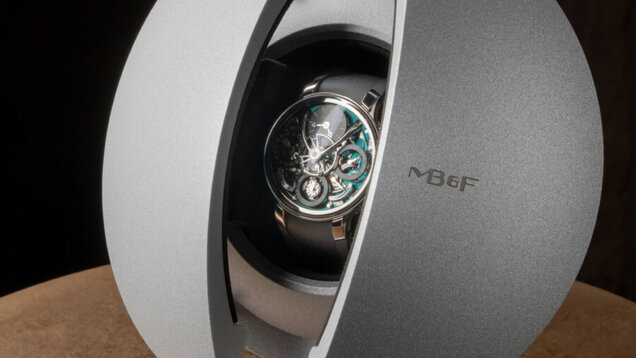
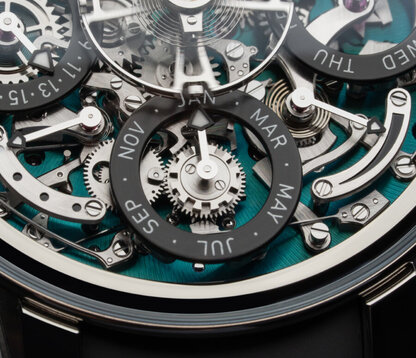
As Maximilian Büsser conceives watchmaking, the Legacy Machine collection is probably the only one whose models can “evolve” by changing their skin, that is the case, without changing their mechanical and design DNA. Precisely because they are machines that could have been born a century ago, they have evolution written in destiny. Evolution that means not so much and not just improvement, but the ability to adapt to new technologies, new materials, new trends. EVO is the very spirit of MB&F and we would not be surprised if, one day, it became a collection in its own right.
LegacyMachine Sequential EVO
Let’s take a closer look at these three amazing “machines”, starting with the star of the GPHG 2022, the Legacy Machine Sequential EVO which is the twentieth caliber created by MB&F in just 17 years, as well as the brand’s first chronograph. A caliber born from the vision of Maximilian Büsser but, above all, from the genius of Northern Irish master watchmaker Stephen McDonnell, who dedicated last five years of his life to the LM Sequential EVO. Just like the 2015 Legacy Machine Perpetual, the last major Stephen McDonnell movement for MB&F, LM Sequential EVO involved a back-to-the-drawing-board approach towards our most basic assumptions on chronograph construction.

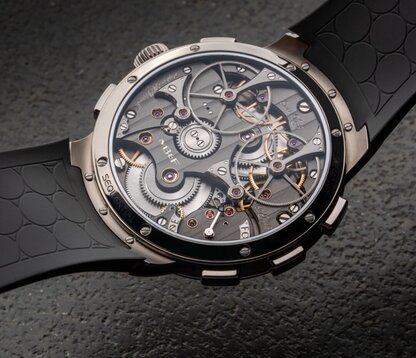
Obviously, Legacy Machine Sequential EVO is not a chronograph like all the other chronographs out there. Its dial plate, available in atomic orange or coal black, features two chronograph displays. One has its seconds display at 9 o’clock and minutes display at 11 o’clock. The other has its seconds display at 3 o’clock and minutes display at 1 o’clock. Each of these chronograph displays can be started, stopped, and reset completely independently of each other, using the start/stop and reset pushers on their respective sides of the case. These make up the four chronograph pushers you would usually associate with having two chronograph mechanisms in one watch. But the stroke of genius is located at the 9 o’clock position.
It’s a fifth pusher, conceived by the brilliant mind of Stephen McDonnell, whose name sounds quite like a hocus-pocus: “Twinverter”. Is the secret that elevates the functionality of the LM Sequential EVO beyond any existing chronograph wristwatch. It controls both chronograph systems, operating as a binary switch that inverts the current start/stop status of each chronograph. This means that if both chronograph displays happen to be stopped, pressing the Twinverter will cause both of them to start simultaneously. If they are both running, the Twinverter makes them stop. If one is running and the other is stopped, the pusher stops the one that is running and starts the one that is stopped.
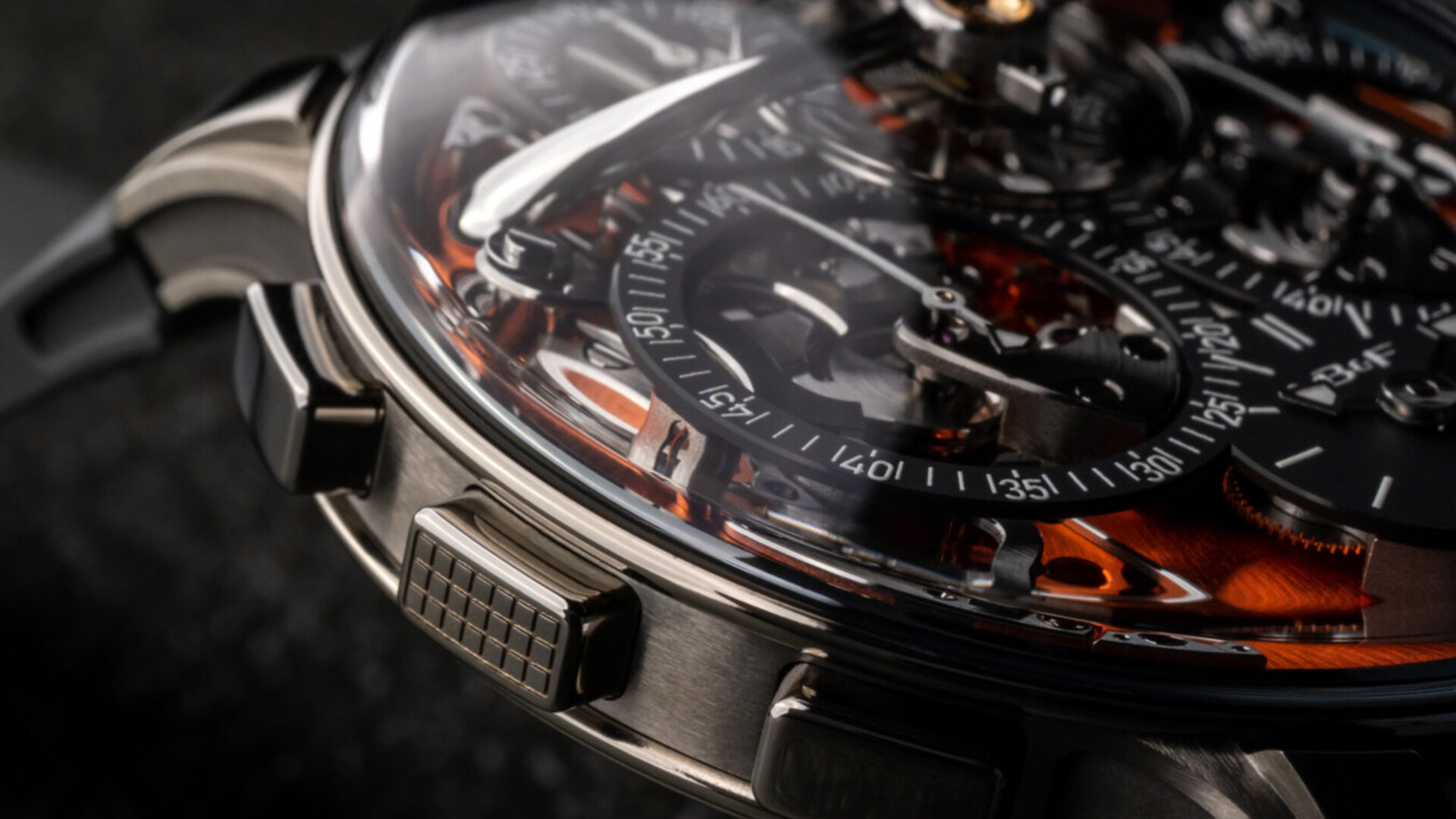
Thanks to its twin chronograph mechanisms, LM Sequential EVO can also perform the same functions as a split-seconds chronograph and much more. The switch function that comes with the Twinverter allows LM Sequential EVO to do things that no chronograph wristwatch can do. Just to name a few, the “Independent mode” measures the duration of multiple events with separate starting points and end points, even when the events overlap in timing; the “Simultaneous mode” measures the individual durations of two events that start simultaneously, but have different end points; the “Cumulative mode” measures the individual cumulative durations of two discontinuous events; finally, the “Sequential mode” measures the individual sub-durations of a single continuous multi-phase event, with provision for sub-durations that last over a minute.

The ability to toggle instantly between chronograph operating modes directly opens up the age-old chronograph complication to be used in a variety of situations in modern daily life. It is a system that could have been devised only by the creator of the mechanical processor at the heart of Legacy Machine Perpetual. That’s why the LM Sequential EVO is a real game-changer piece.
But, we have seen it, in the “collection within the collection” that is EVO, there are two other watches with which Maximilian Büsser (and his friends, of course …) push the concept of design and complication far beyond the canons we are used to: LM Perpetual EVO and LM Split Escapement EVO. Let’s take a closer look at the latter, starting with remembering that it is an EVO and that, therefore, it has a history that comes from afar. And from there we start, as in fairy tales.
Legacy Machine Split Escapement EVO
Once upon a time an idea behind the LM Split Escapement that started life in 2015 with the LM Perpetual, once again designed and conceived by Stephen McDonnell. That idea of watch had two criteria for the perpetual calendar: make it fool-proof; and display MB&F’s signature flying balance wheel in the centre of the dial. McDonnell was soon to realise that… “Büsser Büsser… we have a problem”: there was nowhere to put the escapement. The concept had worked with previous Legacy Machines, where the balance wheel was on the front of the watch along with the escapement, but with the perpetual calendar display of the more complex LM Perpetual, there was no room for both.
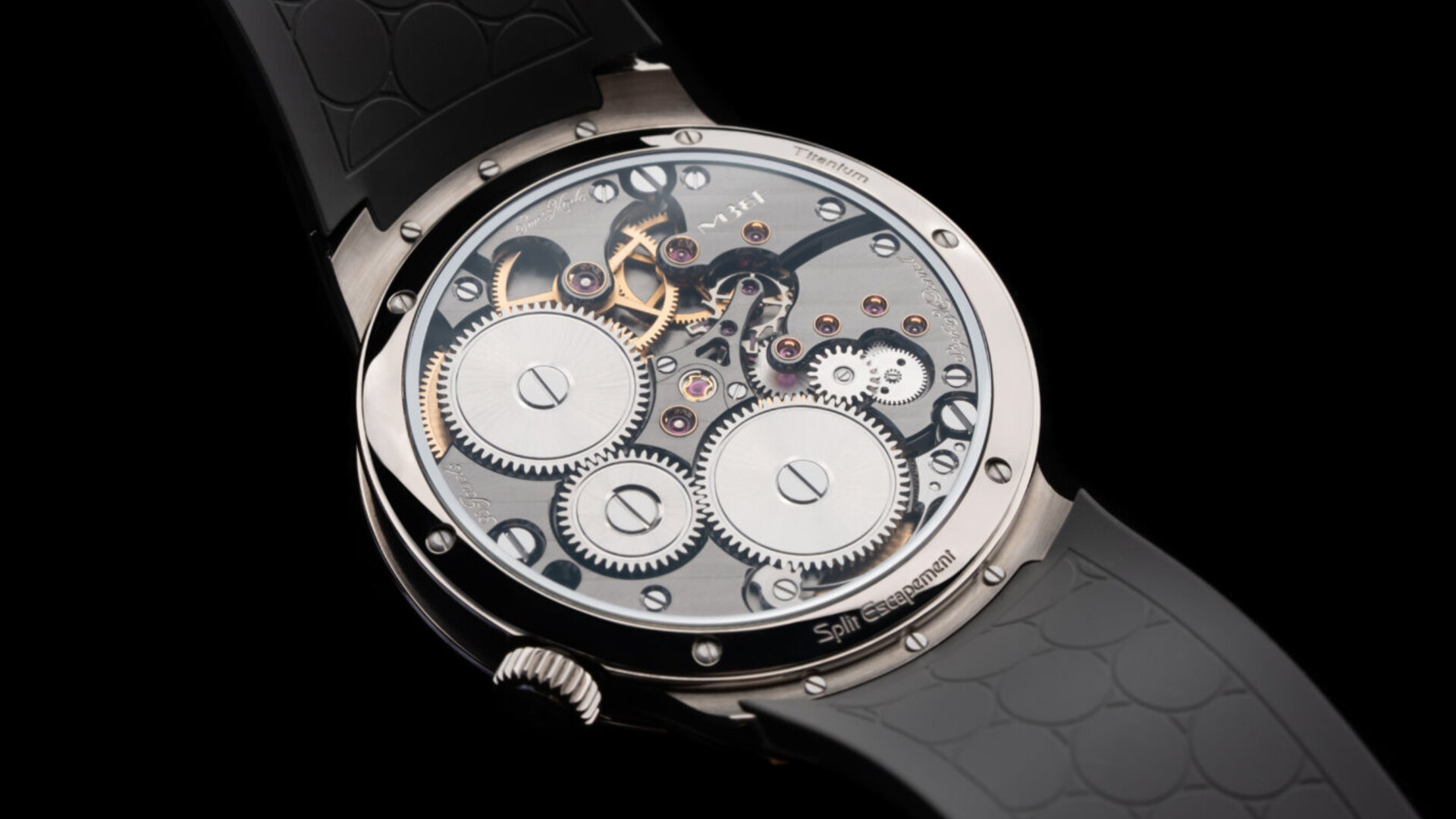
But, “give me a problem, I will find a solution”. So, McDonnell had the idea of creating the world’s longest balance staff that would cross the entire movement, leaving the large balance wheel on its own, on the front of the watch. The remaining parts of the escapement – anchor and escape wheel – would have been moved to the opposite side of the movement: hence its name, Split Escapement. The result was a manual-winding, 298-component movement driven by double barrels providing 72 hours of power reserve, and featuring a user-friendly, foolproof rapid date-changing system that prevented the user from inadvertently damaging the movement when adjusting the date. A clever solution in a stunning design, a trademark of MB&F.

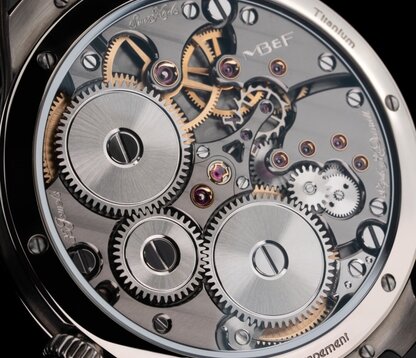
Because the combination with the EVO case makes the watch simply WOW. The first editions of the LM Split Escapement were in fact presented in MB&F’s classic Legacy Machine case, but the EVO case gave the watch a great twist, in the true sense of the word: the entire mechanism was rotated clockwise by 30 degrees, with the crown at 4:30 instead of 2 o’clock, completely changing the symmetry of the watch, giving it a totally new character.
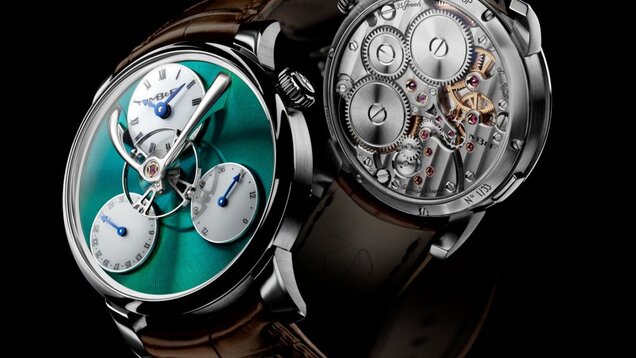

That EVO case “with a twist” made its debut in the LM Split Escapement in 2021, in a 10-piece limited edition presented on the occasion of the UAE’s Golden Jubilee. Now, the LM Split Escapement EVO comes in two more breath-taking editions. The first comes in grade 5 titanium with an icy blue base plate and slate grey dial and opened counters. The special darkened treatment on the movement side, creates heightened contrast between the wheels, the rhodium-plated barrels and the rose gold details; a work of art echoing the contrast between the active nature of the EVO collection and the traditional finishing of the movement.
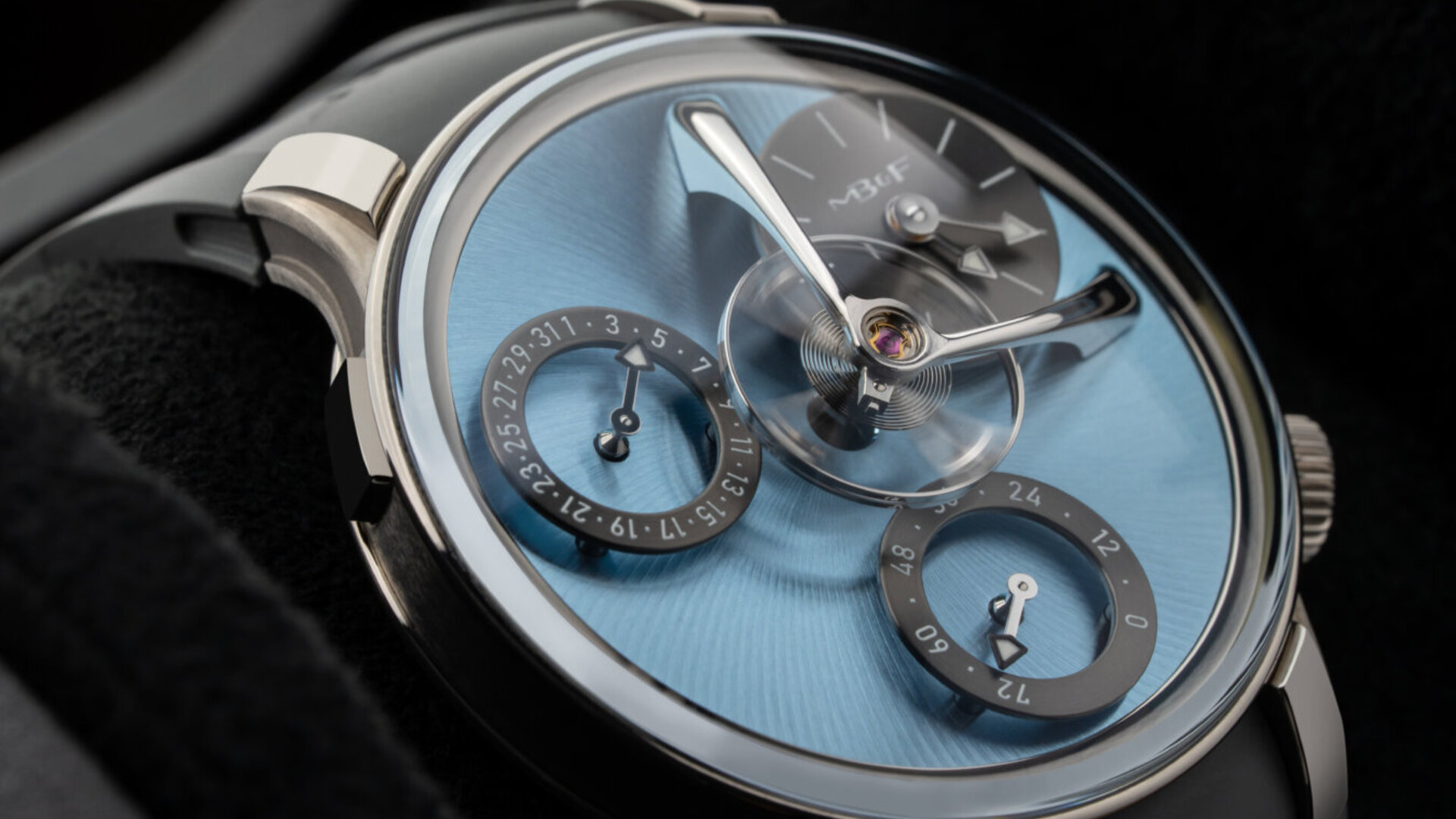
The second edition is the first of a series of limited editions that will be reserved exclusively for the MB&F LABs, spaces combining MB&F timepieces with a limited number of art pieces. This new edition of 25 pieces has been designed exclusively for the MB&F LAB on Los Angeles’ Rodeo Drive, that is managed by the renowned American watch retailer Westime, one of the first to open an MB&F LAB. This edition comes in Westime’s corporate colours of blue and black with a black base plate and metallic blue dial and open counters.
Legacy Machine Perpetual EVO
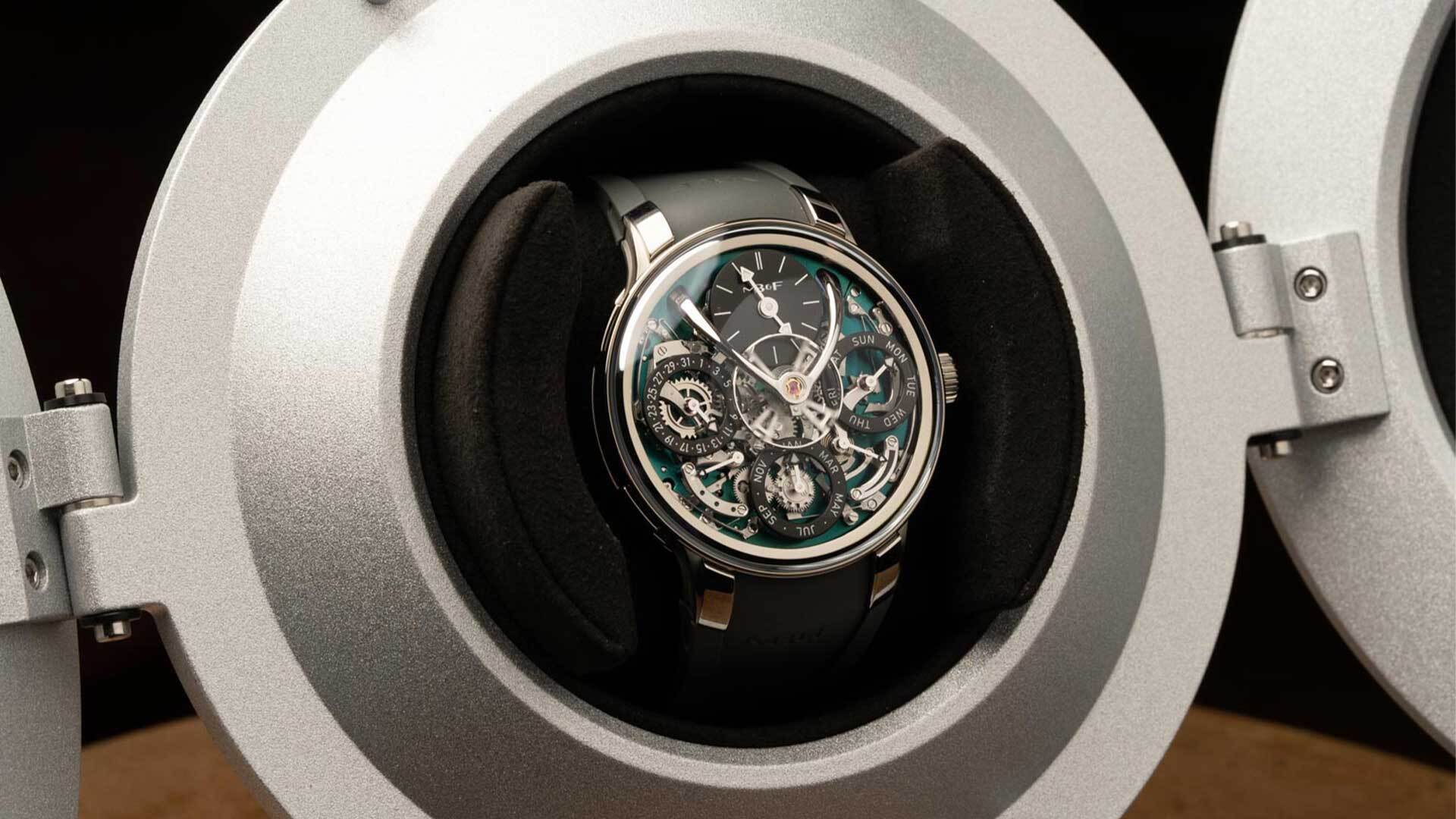
The third piece of the EVO trinity by MB&F is the LM Perpetual EVO. As the name itself suggests, it is a perpetual calendar. But could Maximilian Büsser think of a perpetual calendar like everyone else? Of course not. Because in the traditional system, perpetual calendars assume that, by default, all months have 31 days. At the end of months with fewer than 31 days, the mechanism quickly skips through the superfluous dates before arriving at the 1st of the new month. Any manipulation or adjustment of the date during changeover can result in damage to the mechanism, requiring expensive repairs by the manufacturer. The dates can also jump or skip during changeover, negating the whole point of the perpetual calendar in the first place, which is not requiring adjustment for years. Or decades.
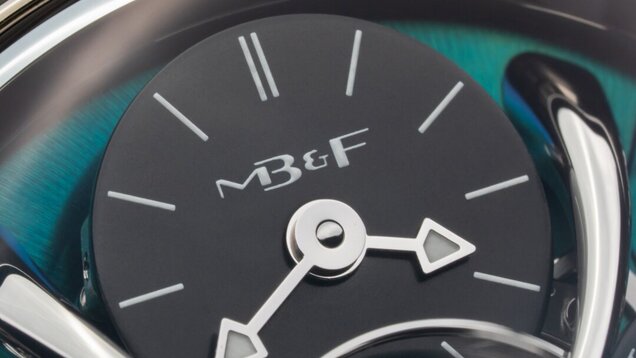
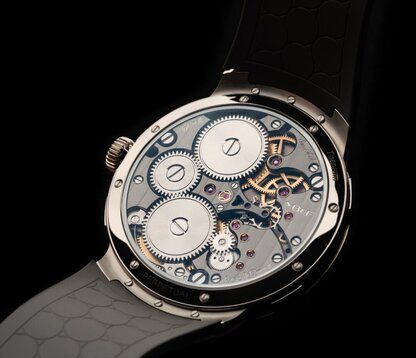
Legacy Machine Perpetual goes further, using a “mechanical processor” consisting of a series of superimposed disks. This processor takes the default number of days in the month at 28 – because all months have at least 28 days – and then adds the extra days as required by each individual month. This ensures that each month has exactly the right number of days. There is no “skipping over” redundant days, so there is no possibility of the date jumping incorrectly.
Using a planetary cam, the mechanical processor also enables quick-setting of the year so that it displays correctly in the four-year leap year cycle, whereas traditional perpetual calendar mechanisms require the user to scroll through up to 47 months to arrive at the right month and year. The mechanical processor also enables an inbuilt safety feature that disconnects the quick-set pushers during the date changeover, eliminating any risk of damage while the date is changing. Hours, minutes, day, date, month, and leap year can be set independently by manually pressing the ergonomic correctors.
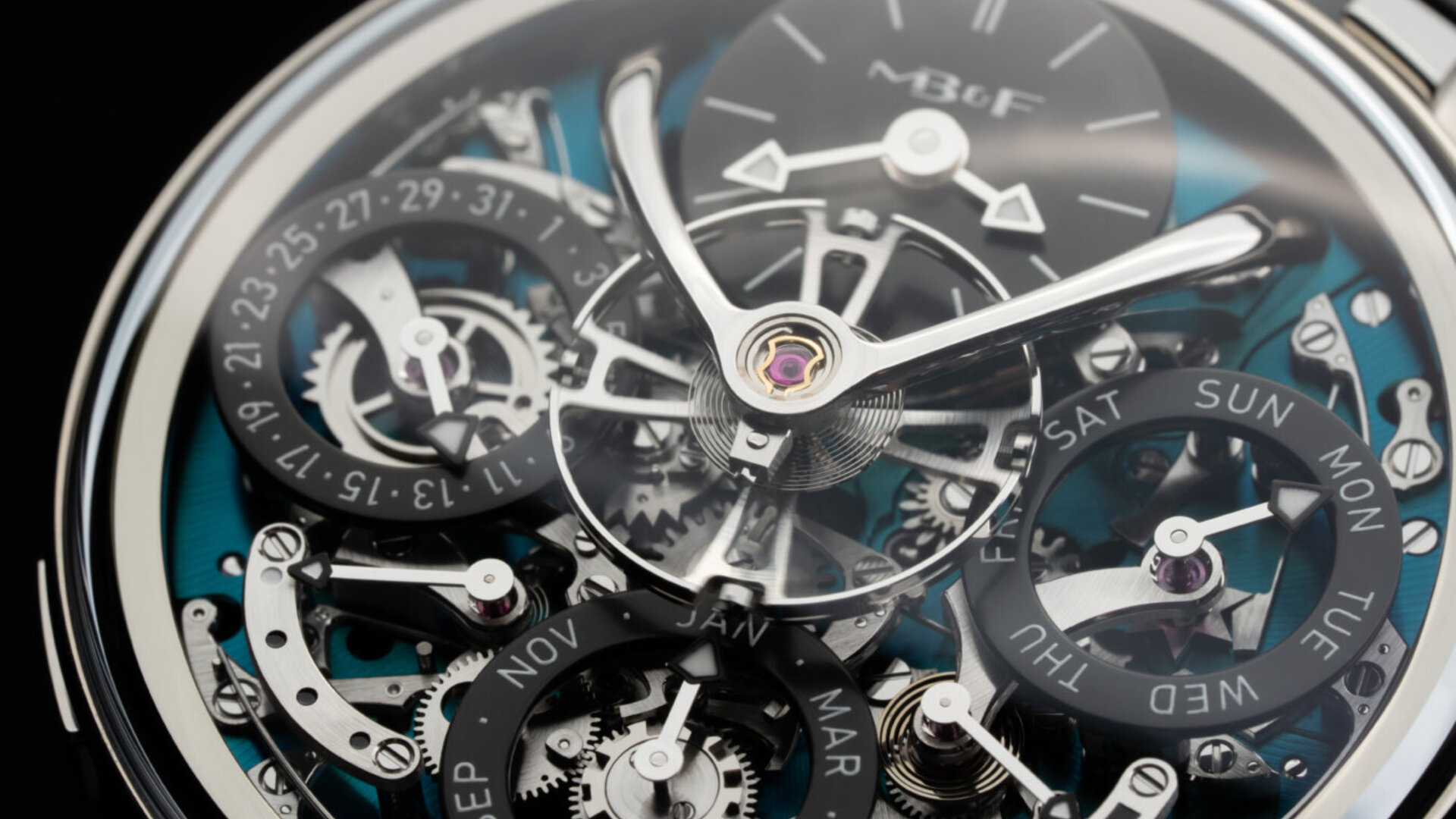
Speaking about the aesthetic, the 44mm diameter EVO case features a no-bezel construction, with the domed sapphire crystal fused directly to the case. The openness of this design highlights the equilibrium between the legibility of LM Perpetual EVO’s calendar indications and the cinematic play of the engine components, surmounted by the MB&F hovering balance wheel. The geometries for the sapphire crystal had to be calculated, achieving the mechanically opposing aims of maintaining structural strength and decreasing its height-to-diameter ratio.
The LM Perpetual EVO was first launched in zirconium with three options of PVD/CVD dial-plate colour, including blue, black and atomic orange. A grade 5 titanium edition follows in 2021, with a green CVD dial plate. Just what we are seeing together now. All editions feature a closely-fitted, integrated rubber strap for the smoothest wearing experience of any MB&F Machine ever.
We said it at the beginning of our story: if one day EVO became a new collection within MB&F – a spin-off of excellence – we would not be surprised. We believe you have understood this too, after getting to know LM Perpetual EVO, LM Split Escapement EVO and LM Sequential EVO up so close. Three machines that are born in the 2000s but coming from an obsession for detail and perfection that literally troubles Maximilian Büsser and his friends. An obsession that recalls those of the fathers of watchmaking, from Abraham-Louis Breguet to John Harrison. If they could see the EVO triad, they would bust from envy: how much they would like to have invented it!
This article discusses these watches:
Related articles:
Keep up to date. Subscribe to our newsletter.
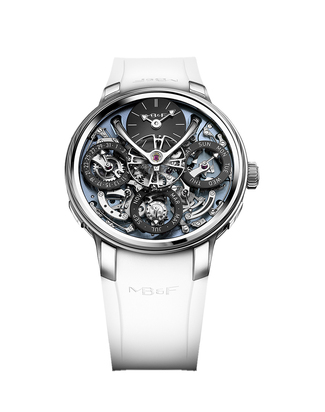
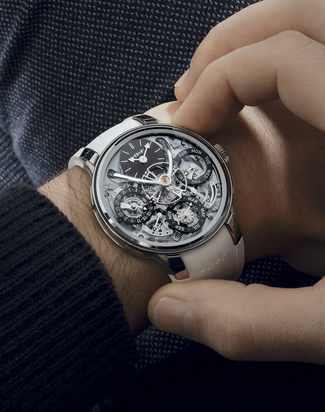
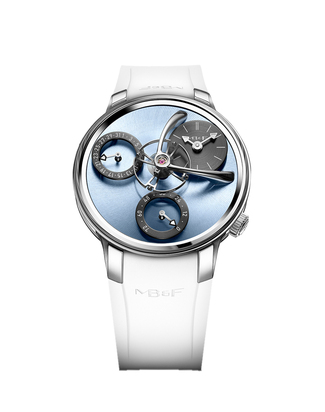
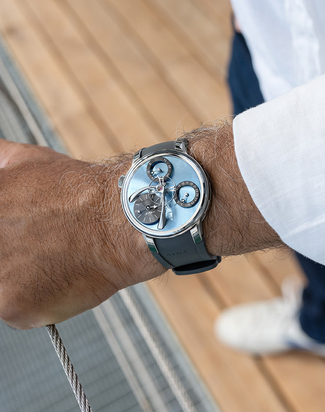

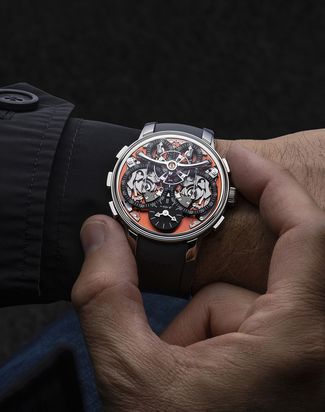

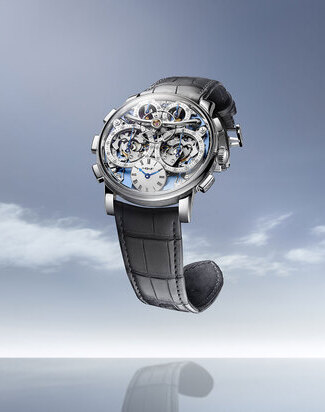

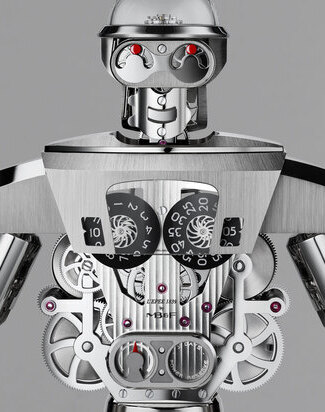
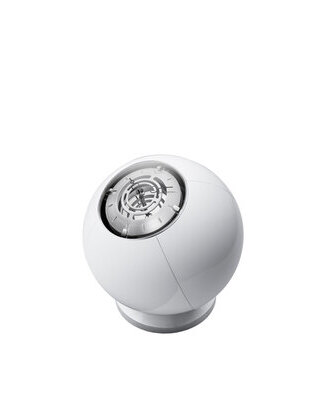



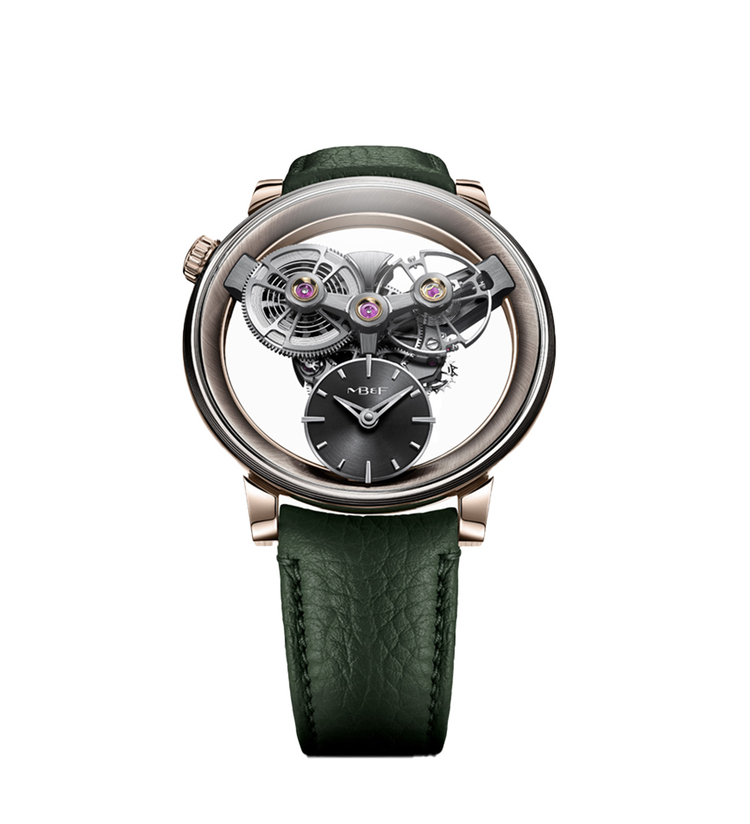
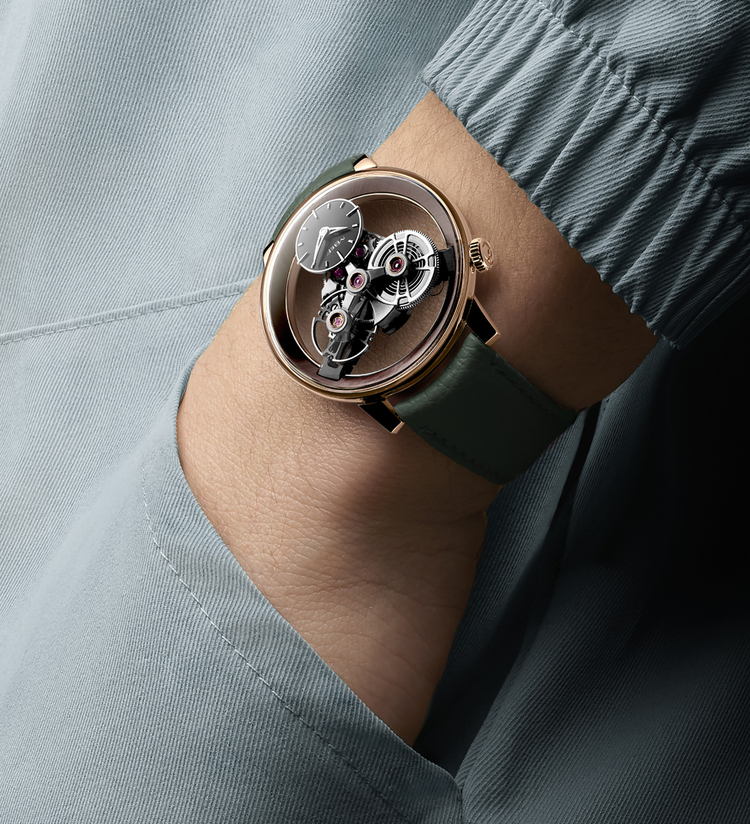
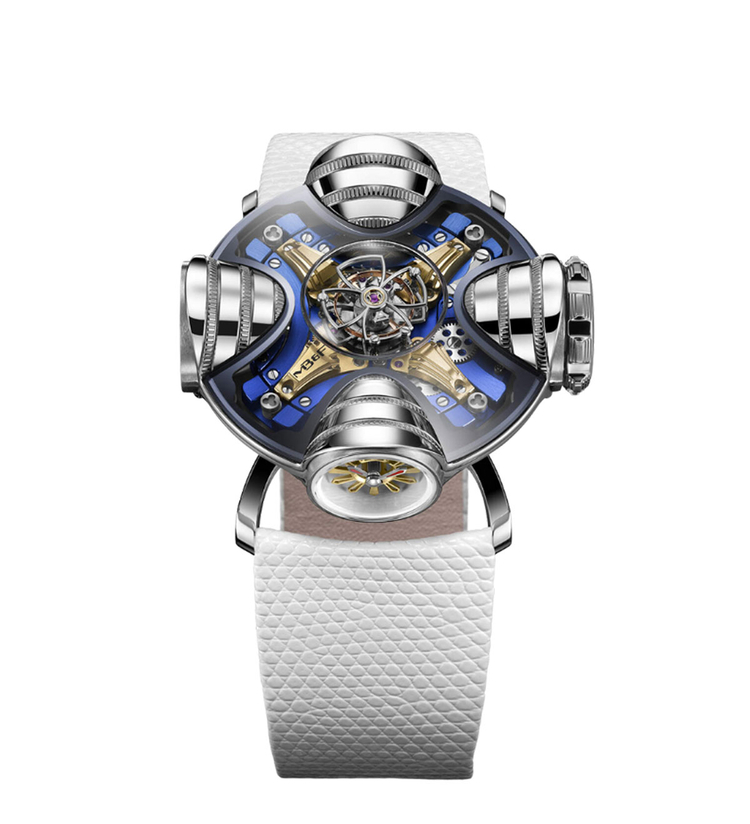
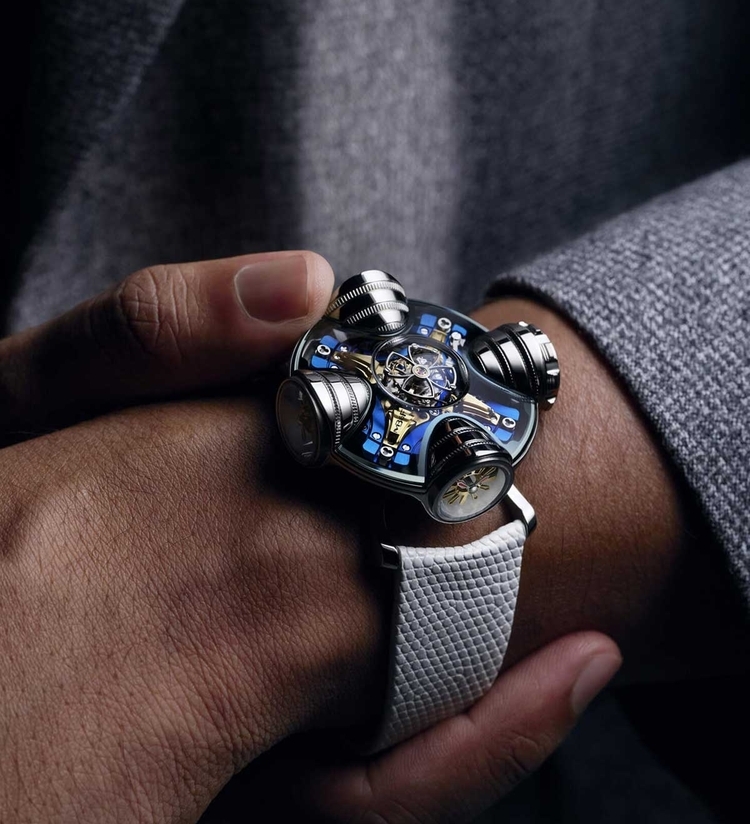





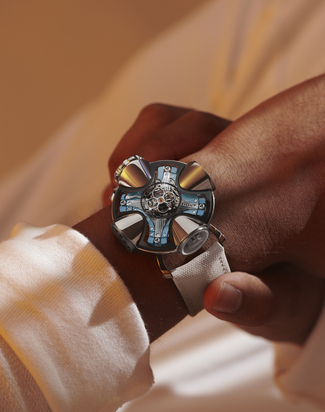
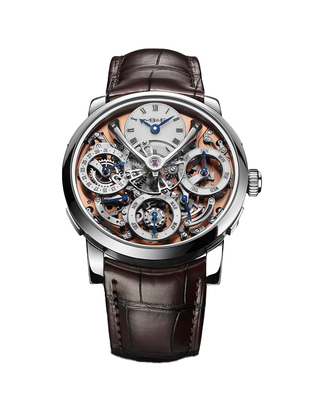
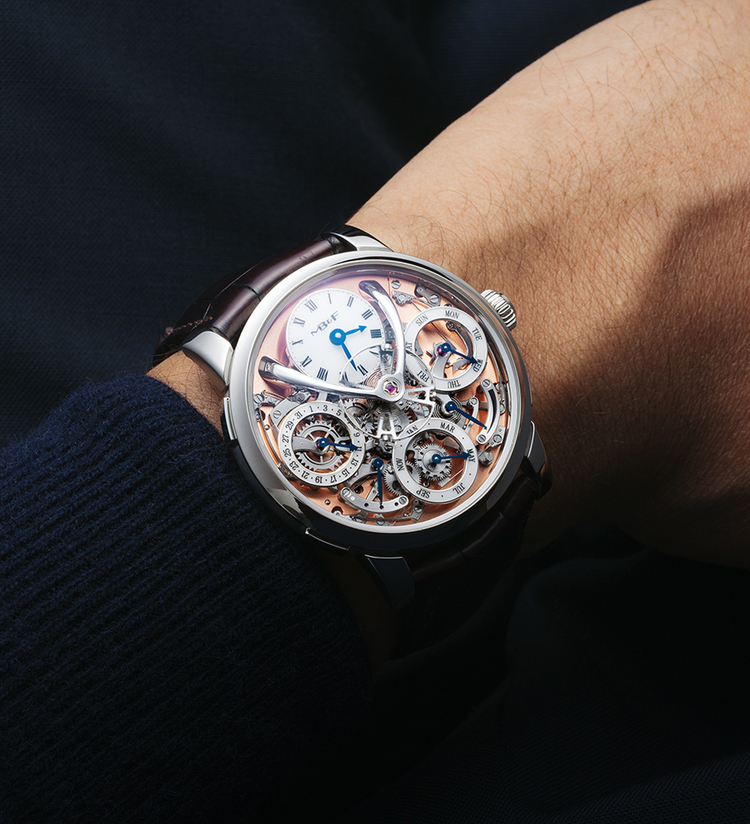

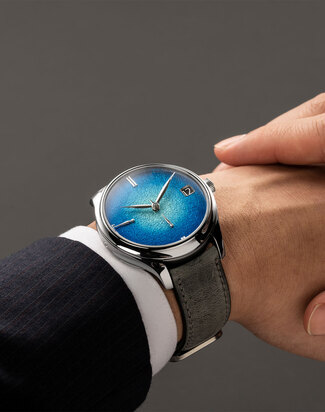
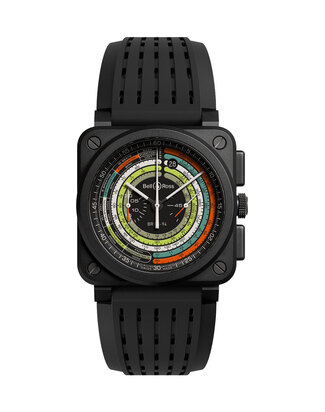
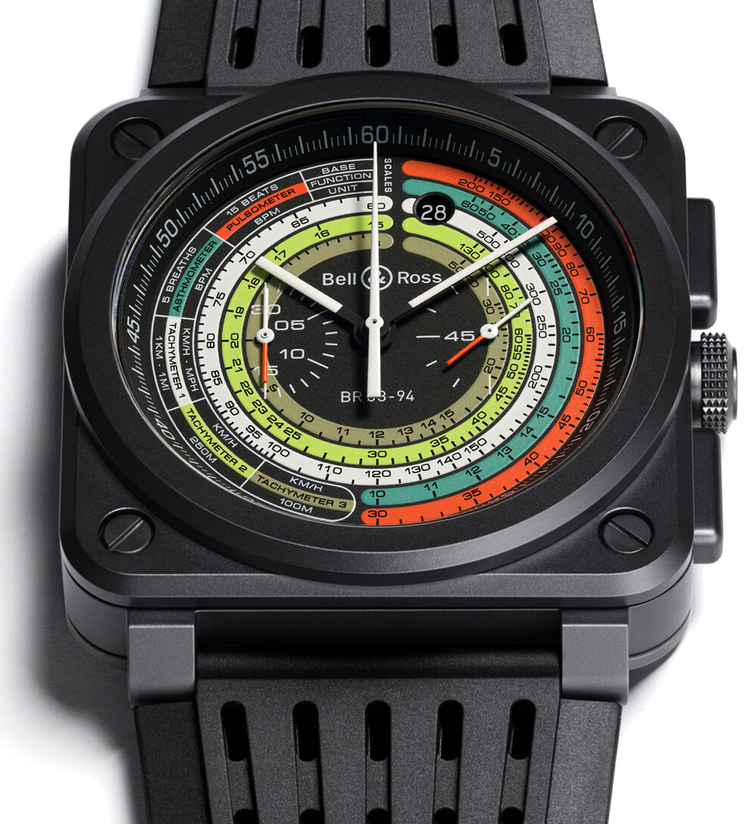
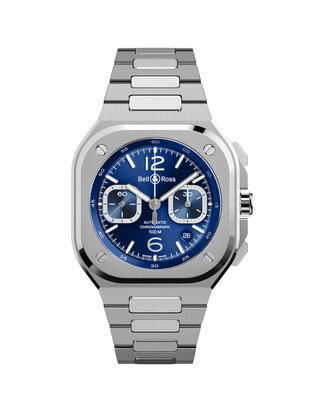

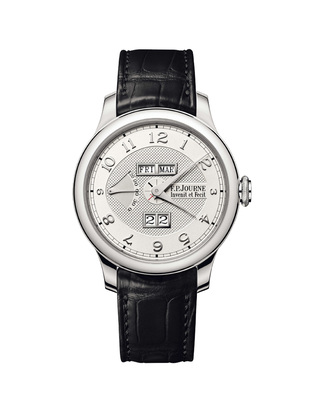
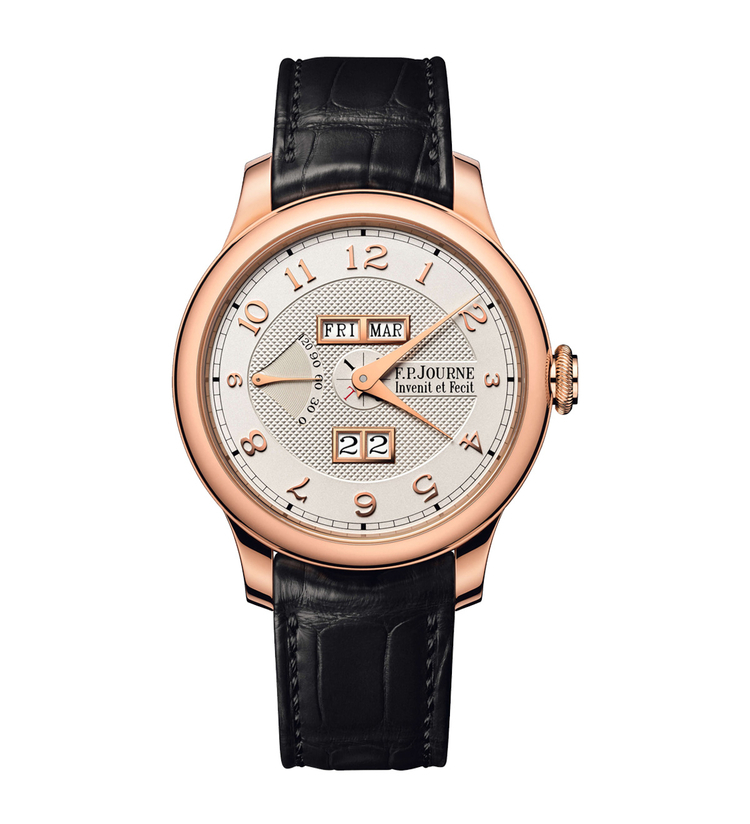
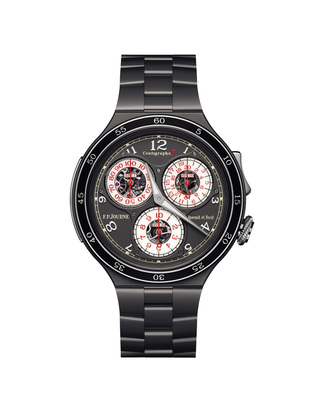

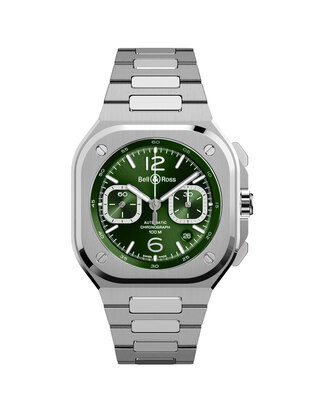
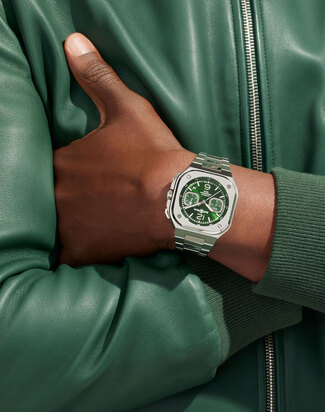
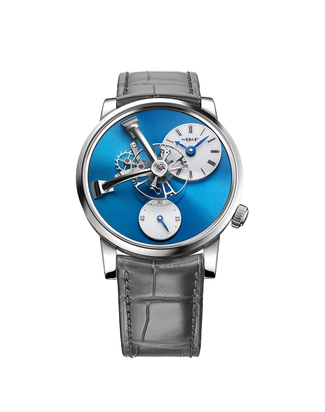


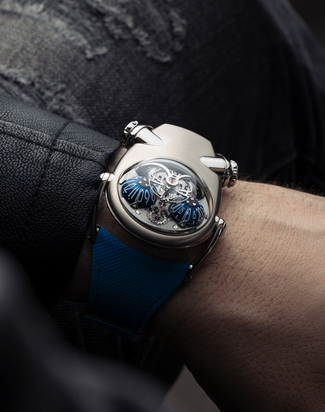
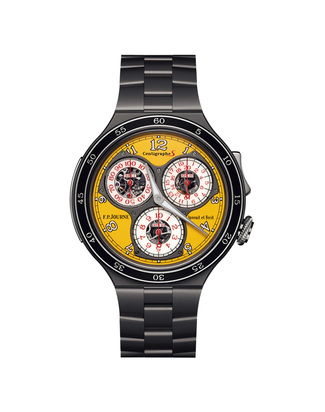
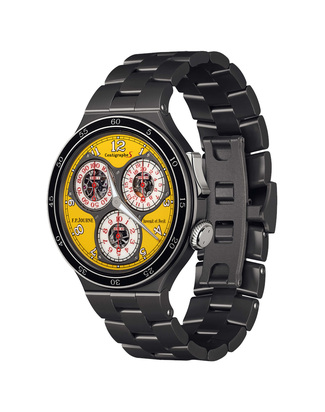
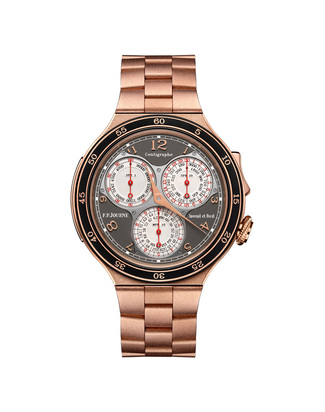
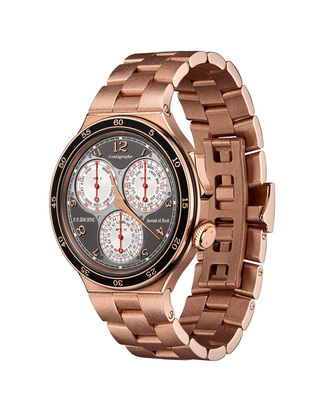
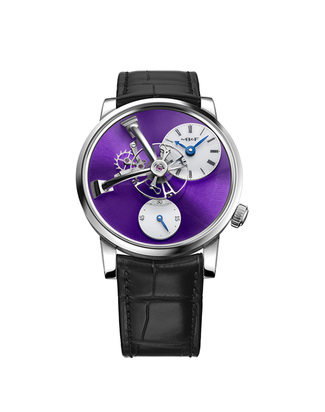
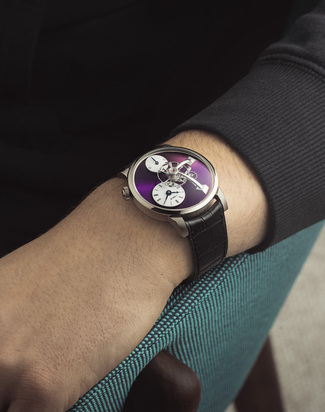
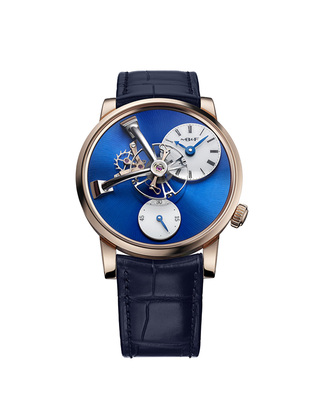
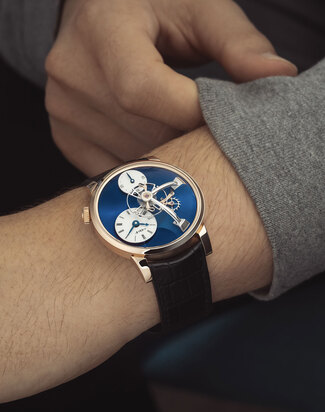
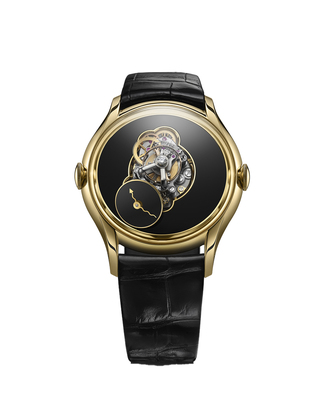
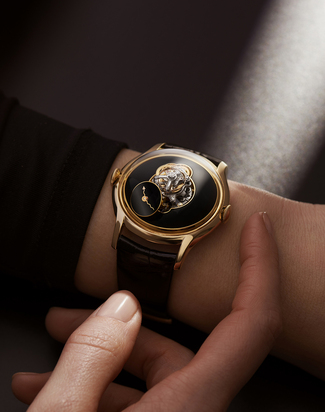

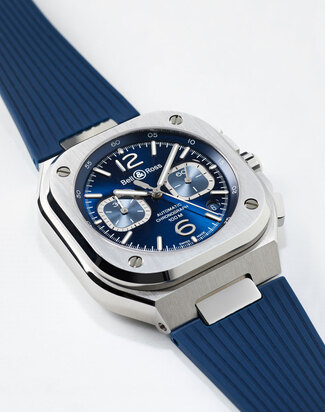

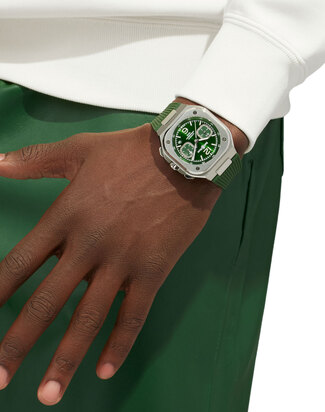


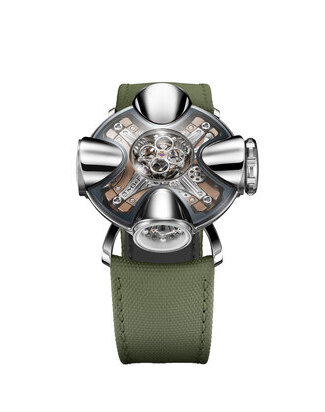
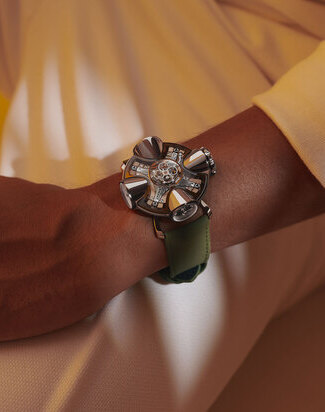

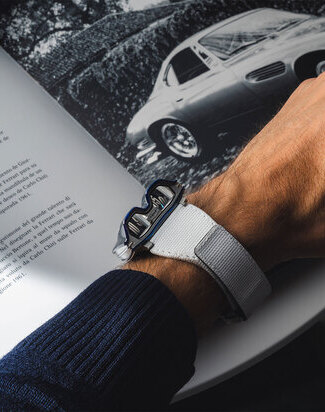
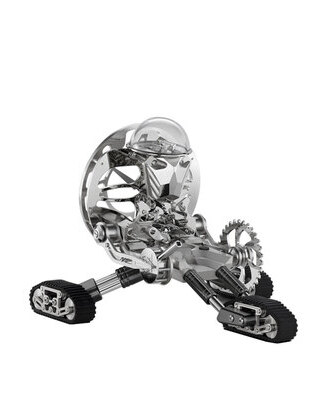
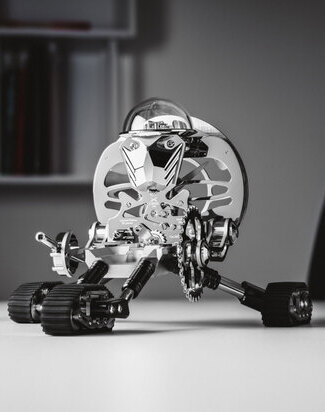
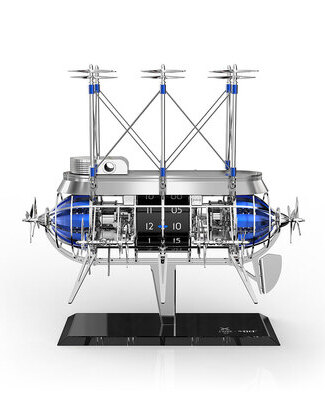
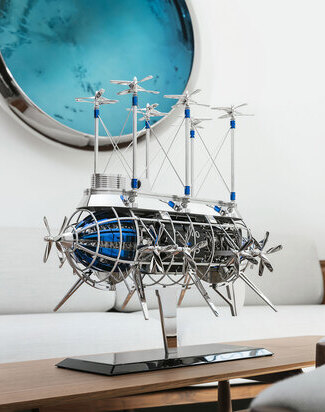

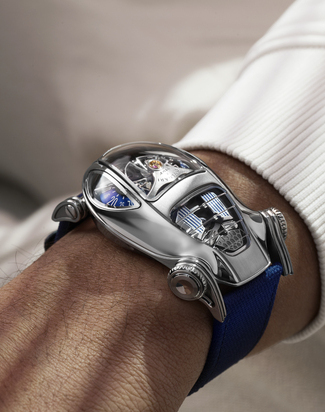
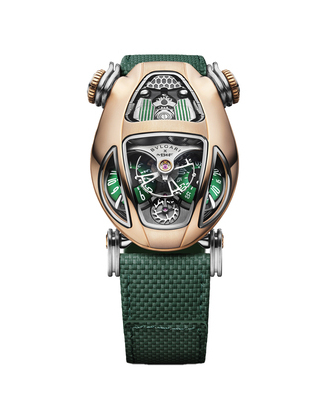
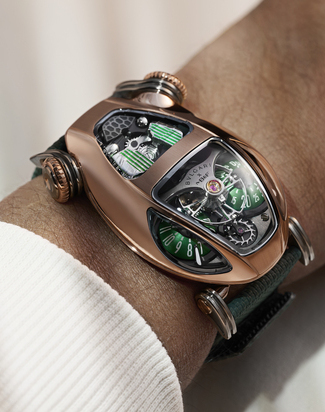
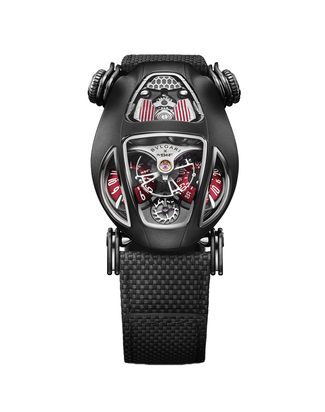
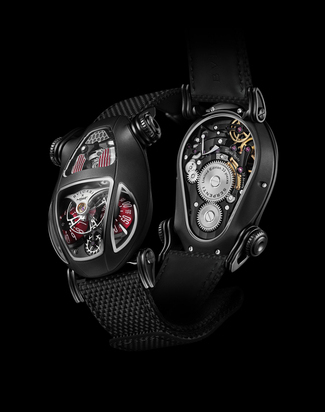

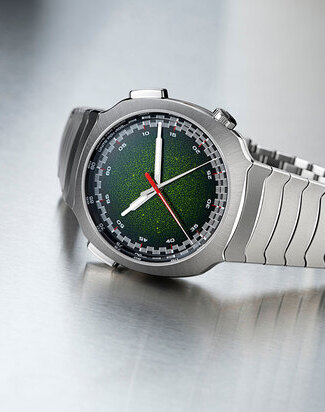

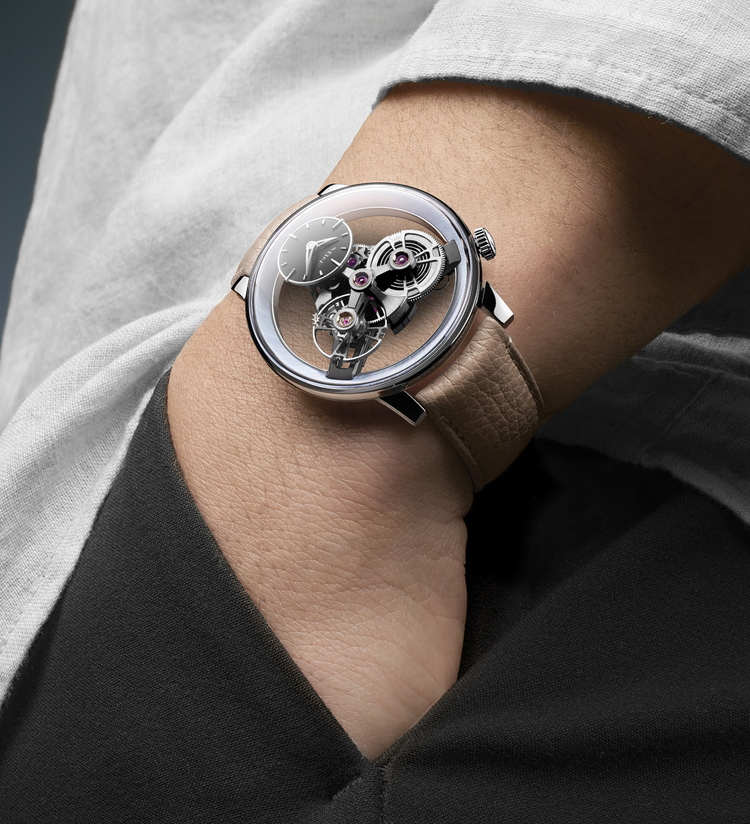
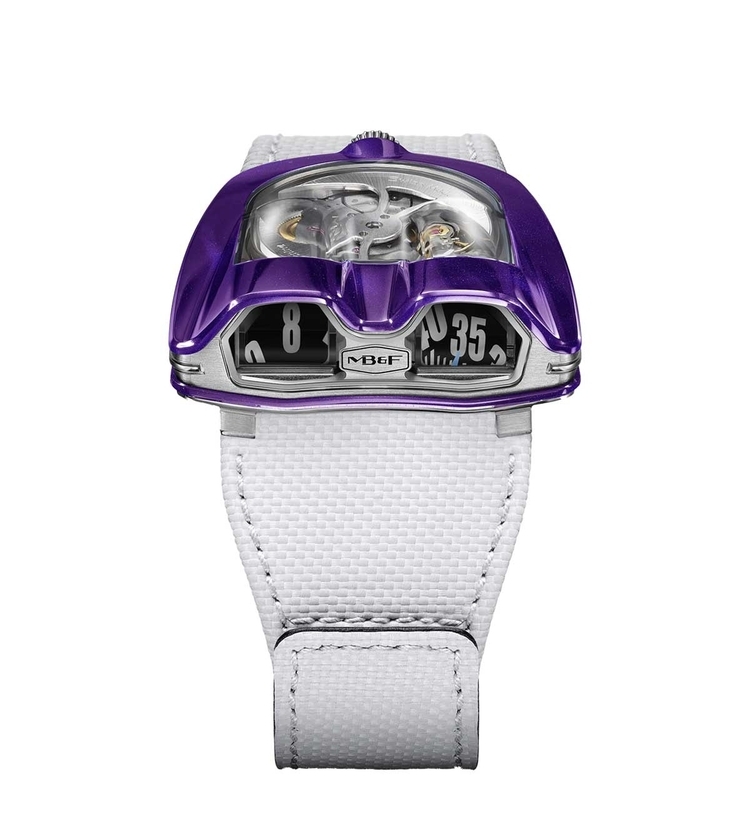
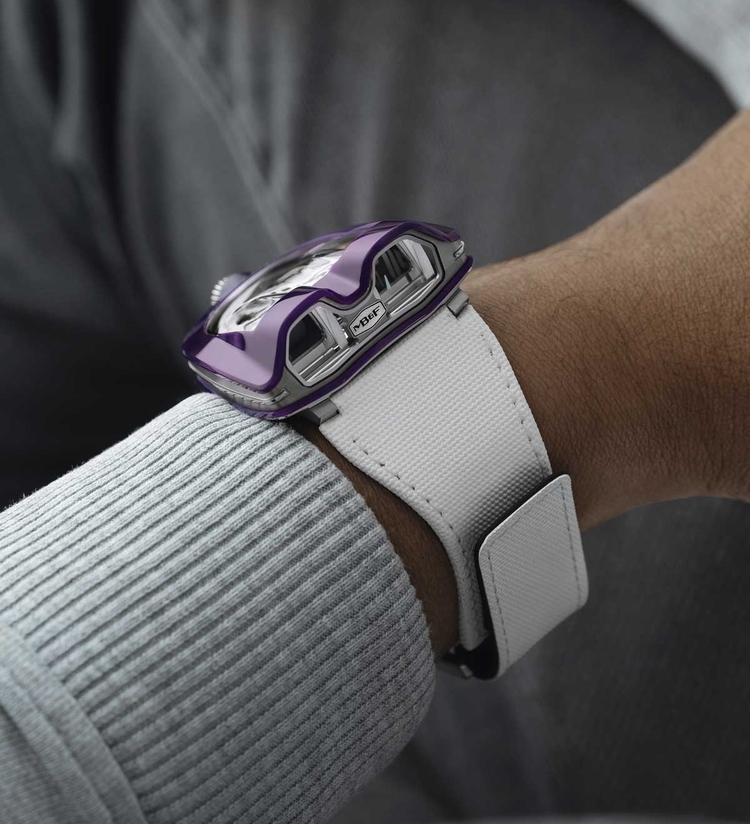

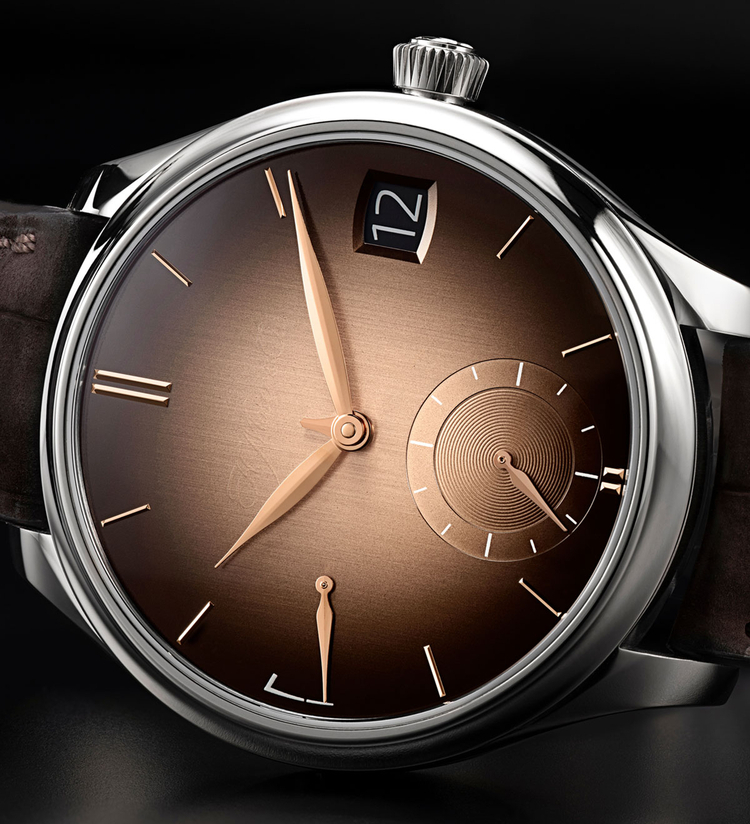

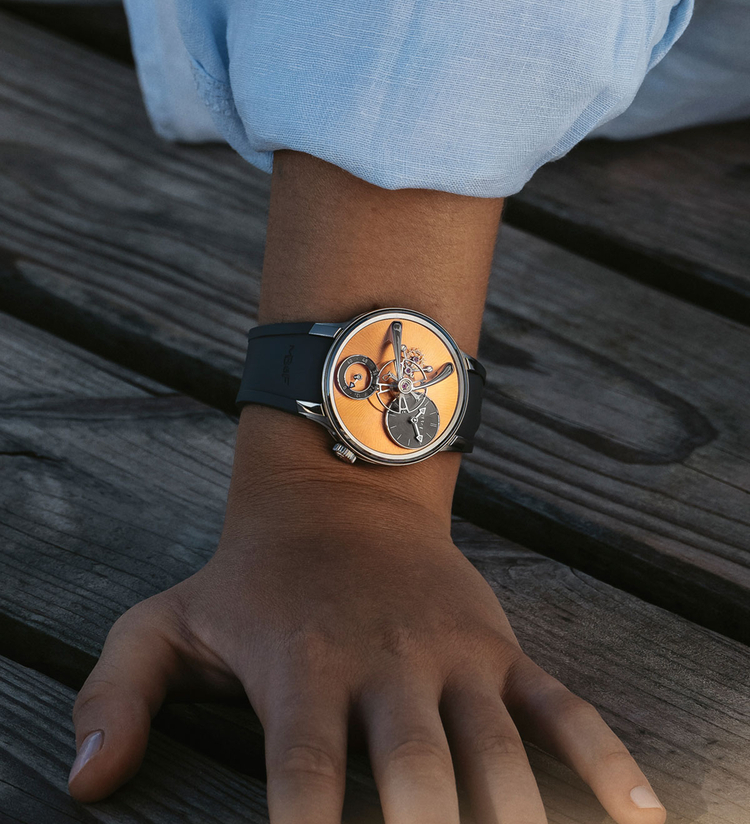

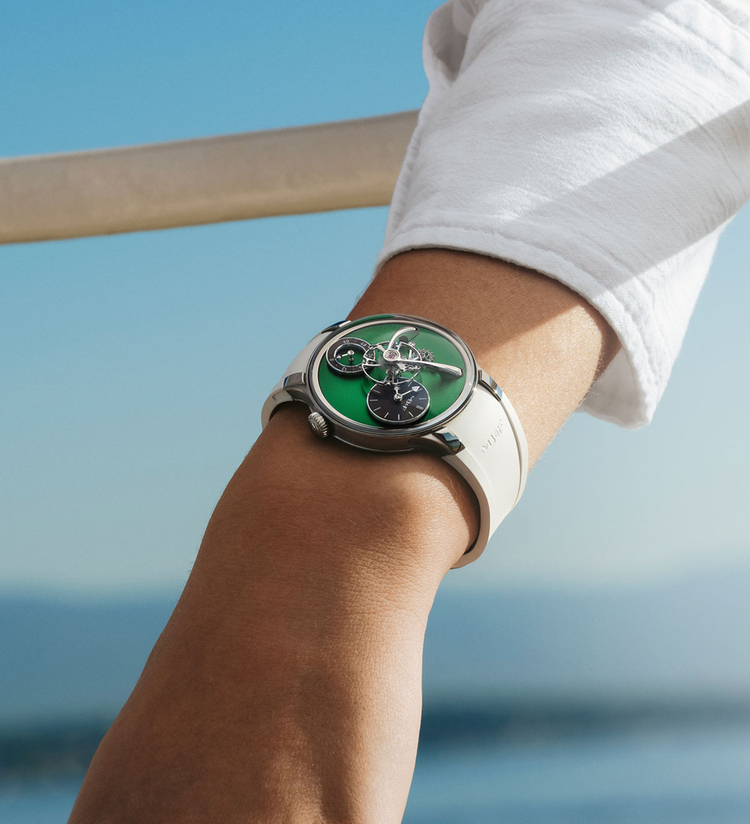
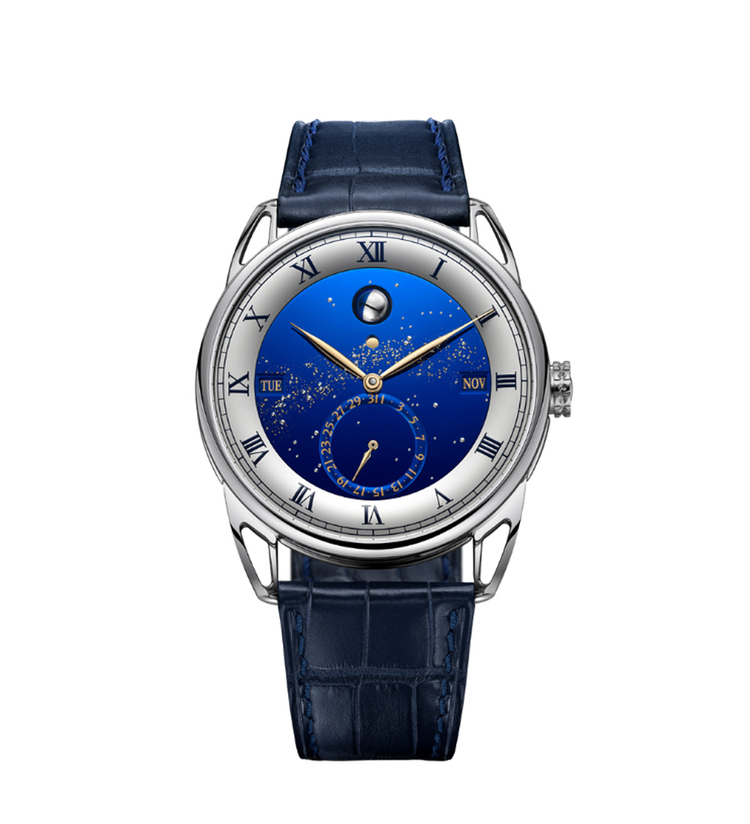
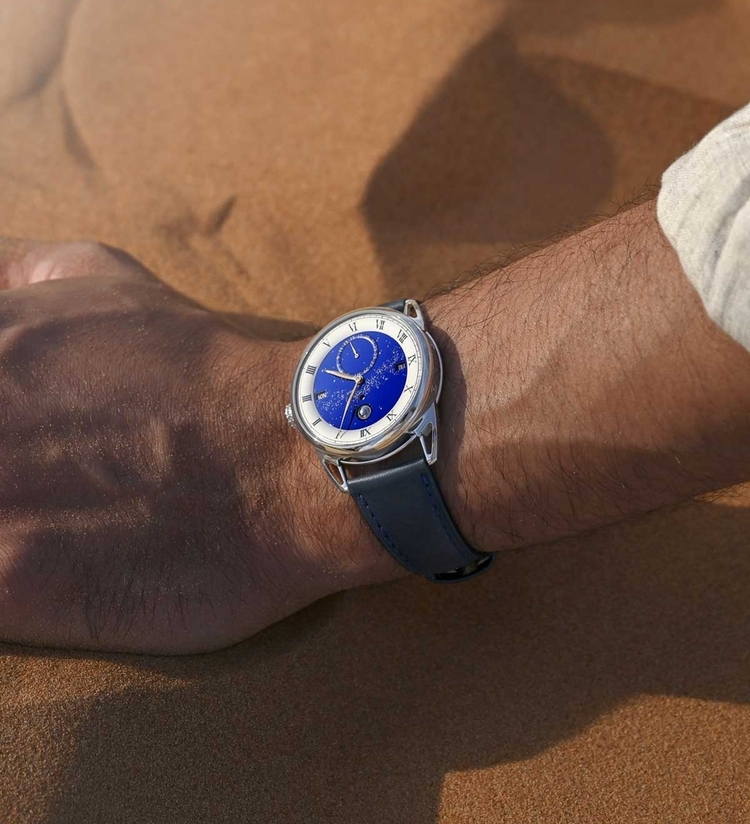
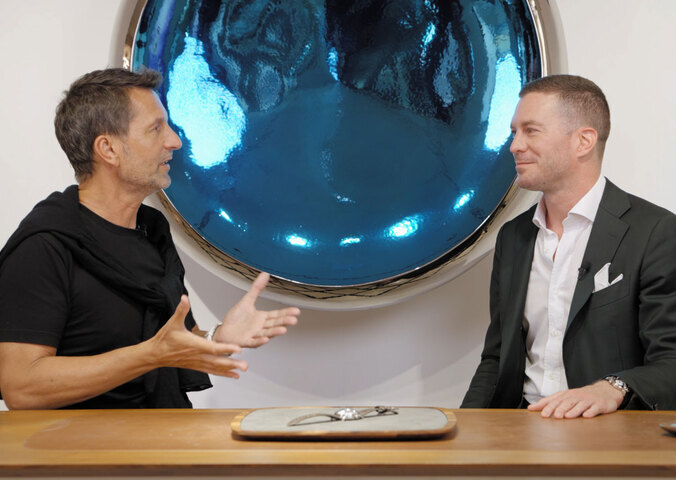 Interviews
Interviews News and trends
News and trends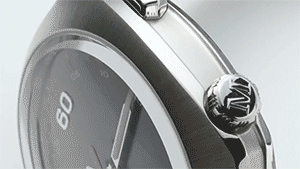 News and trends
News and trends News and trends
News and trends Interviews
Interviews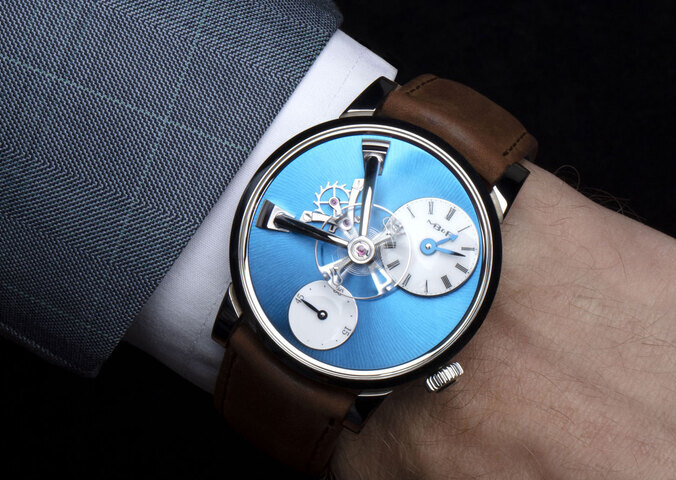 Innovations
Innovations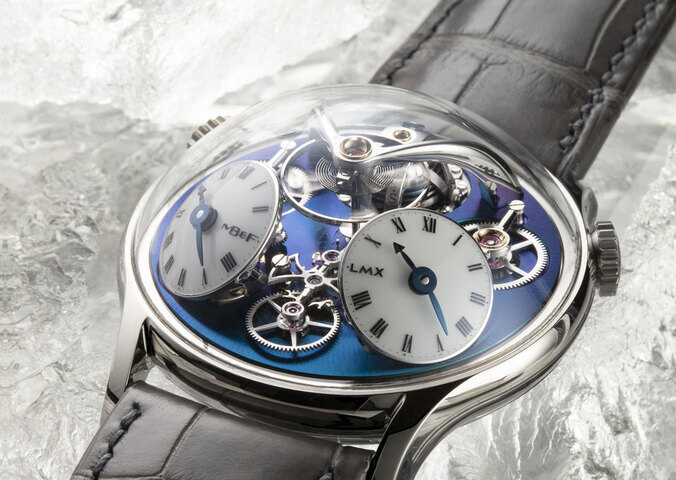 Guide
Guide